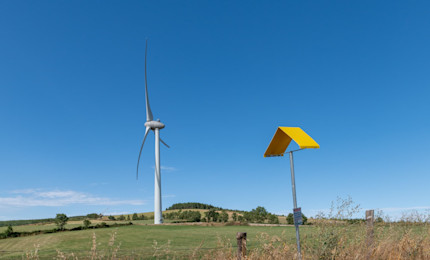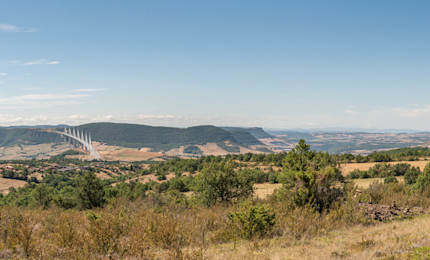Urgence gaz 0 800 028 800

Today, the European Hydrogen Backbone (EHB) initiative presents a promising solution to accelerate hydrogen adoption for greater energy security and meet renewable targets
In the wake of the Russian invasion of Ukraine, the onus is on European countries to achieve greater energy independence.
This has led to a greater push to accelerate and scale up the adoption of decarbonised energy sources as highlighted in the REPowerEU statement, a plan to phase out Europe’s dependence on fossil fuels from Russia well before 2030 and to increase the resilience of the EU-wide energy system.
Amongst other measures, REPowerEU introduces an update of its vision for a dedicated hydrogen transport ambition to reach an additional 15 million tonnes (Mt) of renewable hydrogen on top of the 5.6 Mt foreseen under Fit for 55, going beyond the targets of the EU’s hydrogen strategy.1 Achieving these targets will require a rapid acceleration of the development of an integrated gas and hydrogen infrastructure across Europe. In light of these events, the EHB has accelerated its programme from 2035 to 2030 with the aim to meet the REPowerEU targets.
The group proposes a hydrogen network of ~53,000 km by 2040, with further growth expected after 2040. The network, reflecting the vision of [31] European energy, hydrogen storage facilities, and port infrastructure operators, covers 28 European countries and creates a diverse set of hydrogen import opportunities.
The vision launched today follows the EHB reports published in July 2020 and April 2021, which sparked an uptick in interest across Europe. Since the initial launch one and a half years ago, the EHB’s 2040 vision network has expanded to 18 new countries and has grown by 110%.
Accelerated EHB network vision by 2030 in response to European Commission’s REPowerEU communication and call to greater action on climate protection and European energy system resilience.
European Hydrogen Backbone (EHB) network grows by more than 110% since initial launch one and a half years ago – expanded members present vision for approximately 53,000 km hydrogen pipeline infrastructure in 28 European countries by 2040.
The Backbone is expected to be made up of ~60%-40% repurposed natural gas versus new pipelines in 2040.
Digital, interactive vision maps published as part of new EHB website later in April








